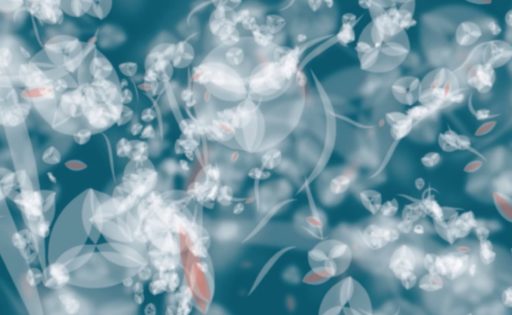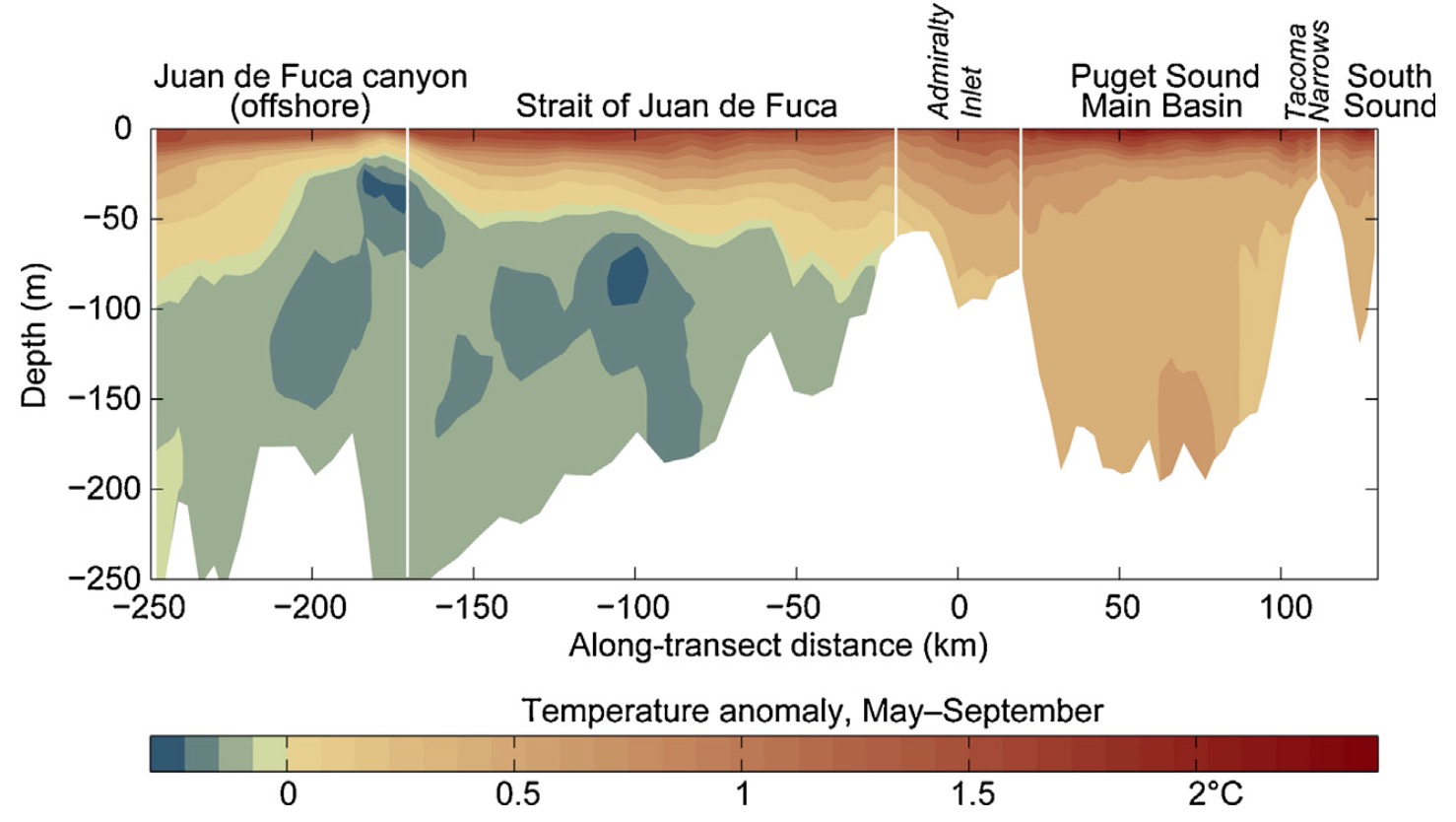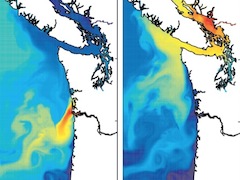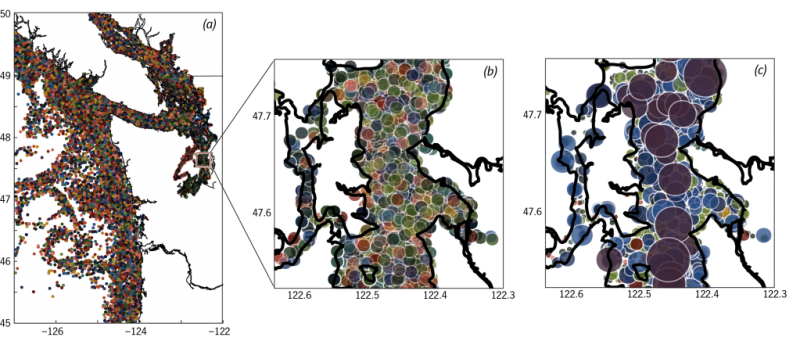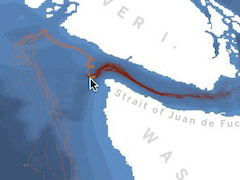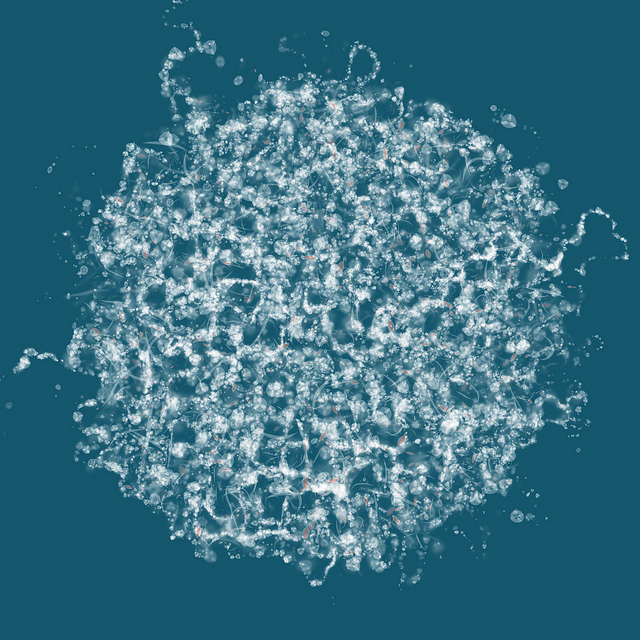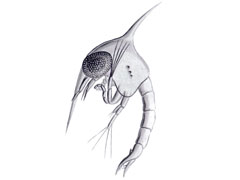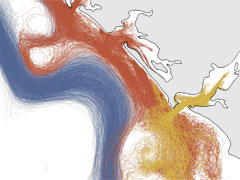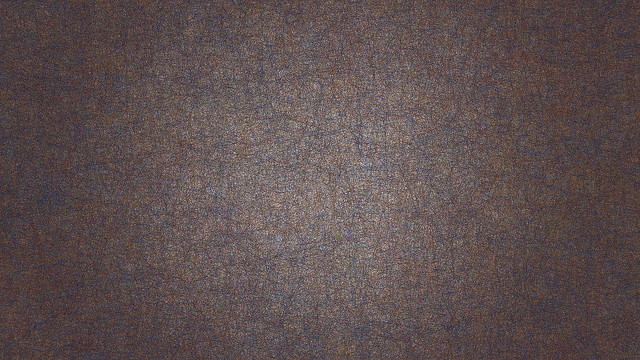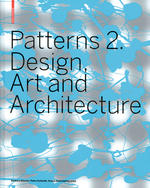Banas NS, MacDonald PS, Armstrong DA (2009) Green crab larval retention in Willapa Bay, Washington: An intensive Lagrangian modeling approach.
Droplet: self-generation
I made this video for a town hall event called “From the tide pool to the stars” at the 2018 Ocean Sciences Meeting. It documents the generation of Droplet (2012) from an initial field of seeds. My hope is that it would make one think of things that are very large and things that are … Read more
